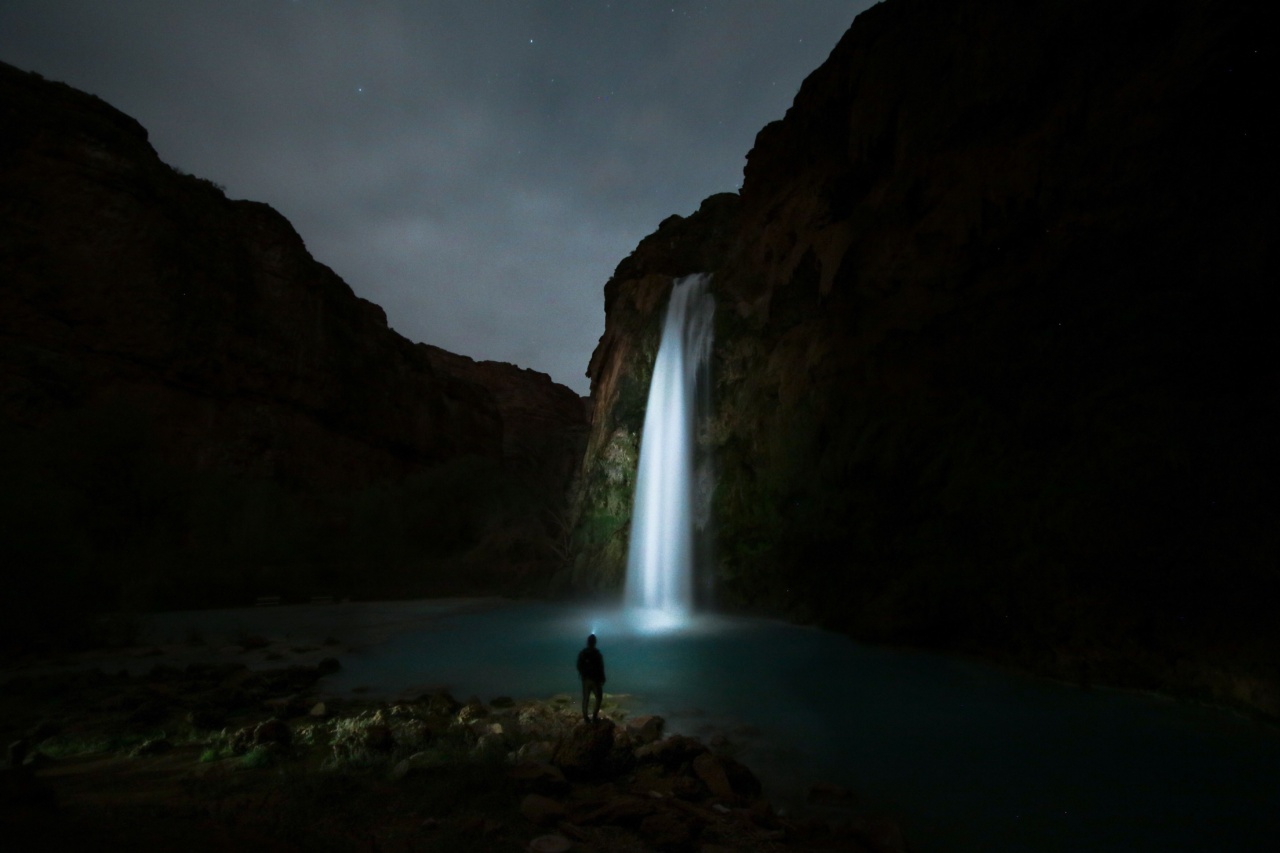Children’s nighttime activities often involve being outside, exploring nature, and engaging in various playtime adventures.
While outdoor activities offer numerous benefits for children’s physical and mental development, they also come with potential risks, including organic exposure. Organic exposure refers to the contact with natural substances such as plants, animals, and insects. While many organic exposures are harmless or even beneficial, there are certain risks associated with them that parents should be aware of.
1. Allergies and Sensitivities
Some children may have allergies or sensitivities to various natural substances, such as pollen, grass, or animal dander.
Exposure to these allergens can lead to symptoms such as sneezing, runny nose, itchy skin, or even more severe reactions like difficulty breathing or anaphylaxis. Parents should be aware of their child’s potential allergies and take necessary precautions, such as avoiding known triggers or carrying appropriate medications like antihistamines or epinephrine auto-injectors.
2. Poisonous Plants
Many plants found in nature can be poisonous if ingested or even touched. Examples include poison ivy, poison oak, or certain berries and mushrooms.
Children may accidentally come into contact with these plants during their nighttime activities, resulting in rashes, irritation, or more severe poisoning symptoms. Parents should educate their children about the risks associated with certain plants and teach them to identify poisonous ones to avoid any accidental exposure.
3. Insect Bites and Stings
Nighttime outdoor activities often attract various insects like mosquitoes, ticks, or bees. Children are more susceptible to bites and stings as they tend to explore their surroundings with curiosity and may not always notice insects around them.
Insect bites can lead to itching, swelling, or even transmit diseases such as Lyme disease or West Nile virus. Parents should use appropriate insect repellents, dress their children in protective clothing, and conduct regular tick checks to minimize the risk of insect-related issues.
4. Contact with Wild Animals
Children’s nighttime activities sometimes involve encounters with wild animals like squirrels, raccoons, or bats. While these encounters can be exciting and educational, they can also pose risks.
Wild animals may carry diseases or parasites, including rabies or ticks. Parents should teach their children to observe animals from a safe distance, avoid direct contact, and inform an adult if they encounter an injured or aggressive animal.
5. Environmental Hazards
When children engage in nighttime activities outdoors, they may come across various environmental hazards that pose risks.
These hazards can include uneven terrain, sharp objects, bodies of water, or potential dangers like abandoned structures or slippery surfaces. Parents should ensure that children have adequate supervision during these activities, choose safe locations, and provide appropriate protective gear if necessary.
6. Bacterial and Fungal Infections
Outdoor environments, especially in damp or dirty areas, can harbor bacteria, fungi, or other pathogens that can cause infections. Children may come into contact with these microbes through cuts, scratches, or simply by touching contaminated surfaces.
Infections can result in skin problems, gastrointestinal issues, or respiratory infections. Parents should encourage children to wash their hands regularly, especially before eating or touching their faces, and ensure that any wounds are cleaned and covered properly.
7. Allergic Reactions to Insect Venom
Children who are stung or bitten by certain insects, such as bees, wasps, or fire ants, may experience severe allergic reactions. These reactions can include hives, swelling, difficulty breathing, or even anaphylaxis.
It is important for parents to know if their child has any known allergies to insect venom and seek immediate medical attention if an allergic reaction occurs.
8. Exposure to Harsh Weather Conditions
Outdoor nighttime activities can expose children to various weather conditions, including extreme temperatures, rain, wind, or storms.
Exposure to harsh weather conditions can increase the risk of hypothermia, heatstroke, or other weather-related ailments. Parents should ensure that children are dressed appropriately for the weather, provide them with necessary protection like hats or sunscreen, and avoid outdoor activities during severe weather conditions.
9. Soil Contaminants
The soil in outdoor environments may be contaminated with various substances, such as pesticides, heavy metals, or chemicals.
If children come into contact with contaminated soil, they may absorb these harmful substances through their skin or accidentally ingest them. Parents should encourage children to wash their hands after playing outside and consider providing gloves or other protective measures if they are interacting with potentially contaminated soil.
10. Zoonotic Diseases
Children who come into contact with animals during nighttime activities, particularly domesticated pets or wildlife, may be at risk of contracting zoonotic diseases.
Zoonotic diseases are illnesses that can be transmitted between animals and humans, such as ringworm, giardia, or toxoplasmosis. Parents should educate their children on proper hygiene practices after interacting with animals, including washing hands thoroughly to reduce the risk of zoonotic infections.































